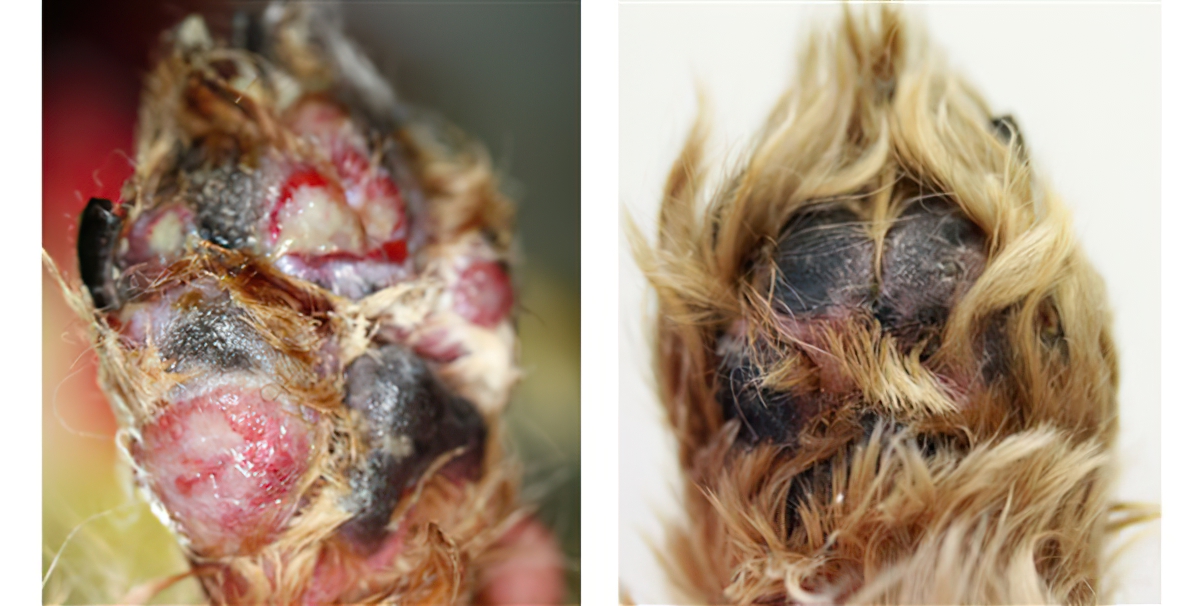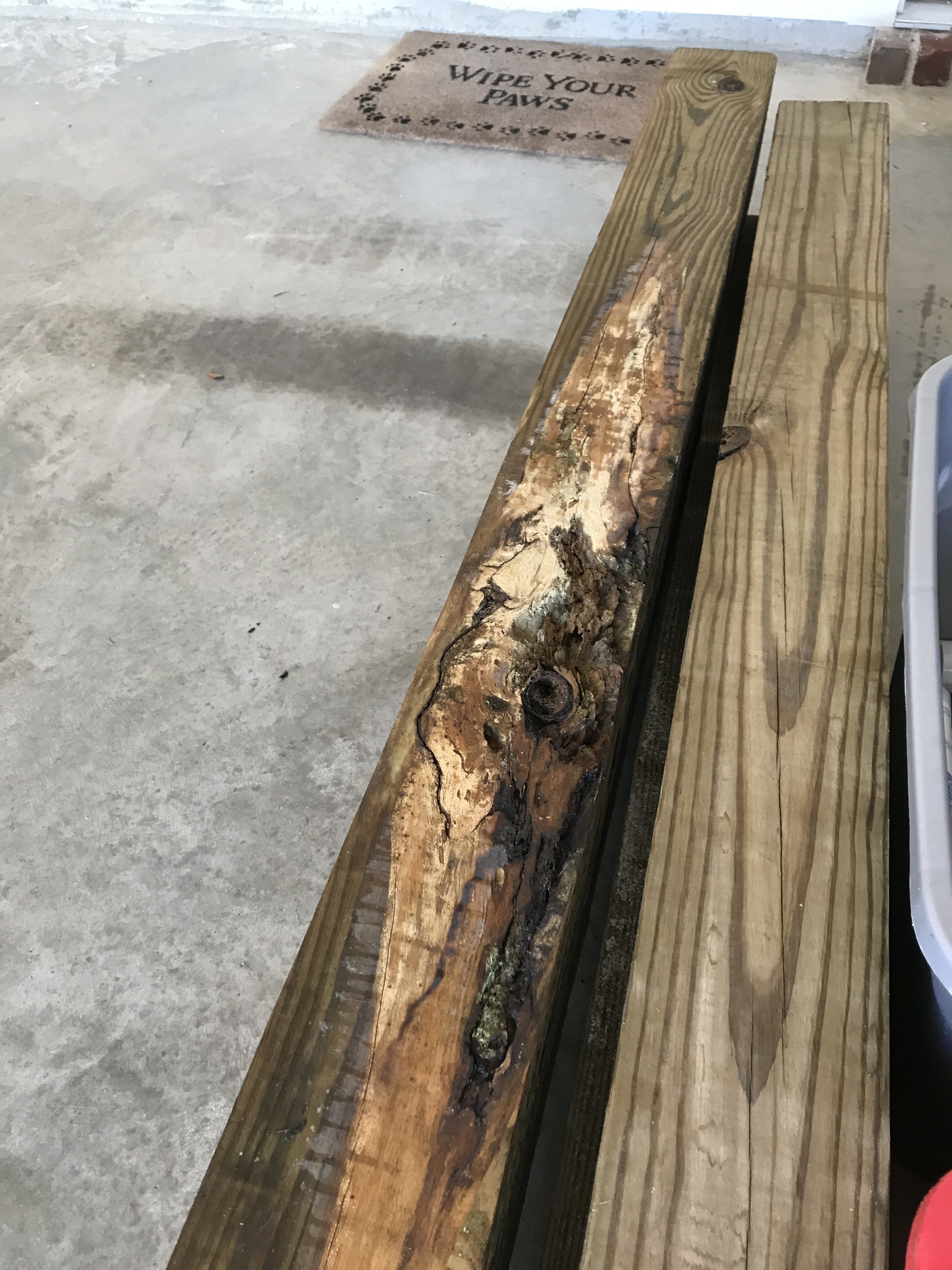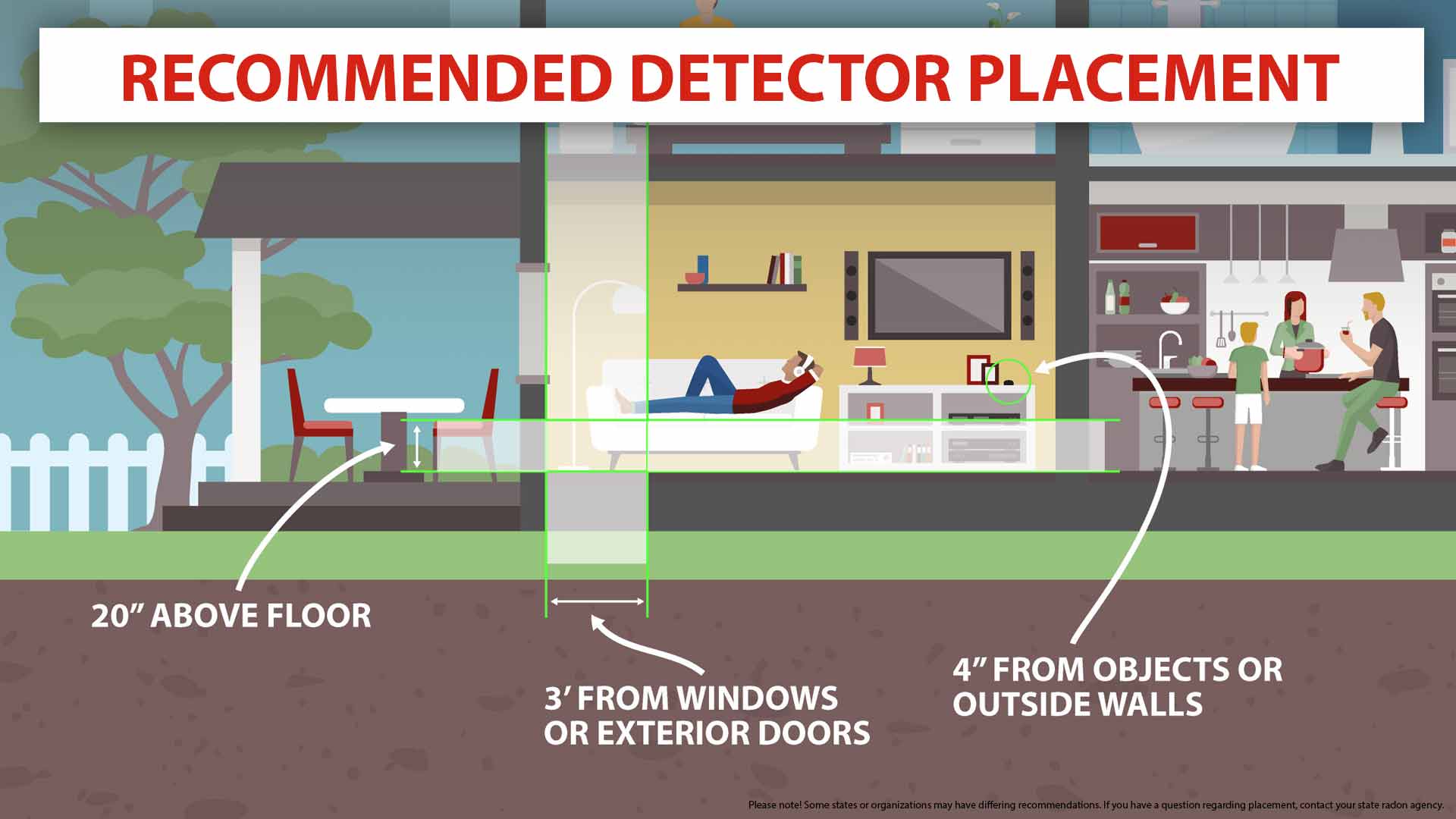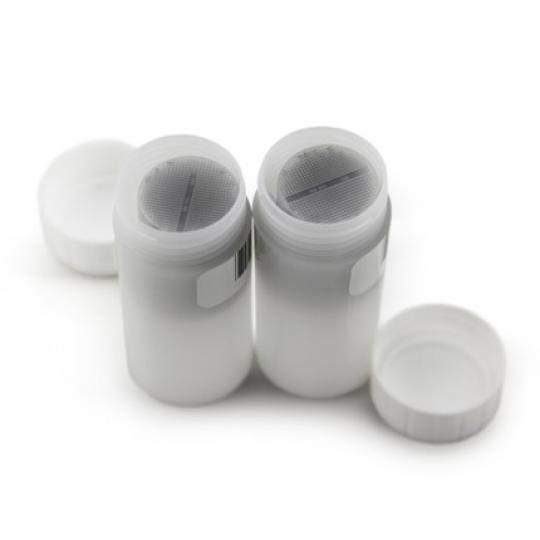Table of Content
- What causes Interdigital cyst dog?
- How To Manage Painful Lumps Between Your Dog’s Toes
- What Causes Cysts To Appear?
- What’s the Treatment Process for Interdigital Furunculosis?
- Causes of Interdigital Cysts on Dogs
- Ways To Heal Interdigital Cysts At Home
- How can you treat interdigital cysts in dogs?
- Can Dogs Eat Sardines?
The cysts might burst as a result of scratching or applying pressure to the afflicted foot. Topical steroids are applied on the surface of the cyst and are a good first choice when there is only a single area of inflammation. Signs of an infection in the paws include licking and chewing the paws, redness, swelling, pain, itching, and drainage. Typically, the skin between the toes and other skin folds are affected with itching, redness, a greasy discharge, and sometimes brown discoloration of the nails. Q--My 5-year-old English bulldog is plagued by interdigital cysts on her paws. Blood blisters form on the lumps, which eventually break down and bleed, leaving open ulcers that continue to weep.

Your veterinarian will need to drain the fluid and likely prescribe antibiotics . Untreated cysts can either grow in size or rupture, causing significant discomfort for your dog and causing him to suffer. If the cyst ruptures, it will recur in the same location. Keep in mind the tips listed above for getting rid of cysts, and your dog’s paws will be as good as new in no time. Is your dog experiencing discomfort in one of his paws?
What causes Interdigital cyst dog?
Ringworm infestation and sarcoptic mange include some of the extremely contagious conditions. I recommend a few days of hospitalization to allow proper confinement, nursing care, and management by an experienced veterinary team. After releasing the patient, you should keep a protective boot on the foot for about 6 weeks.
Dog acne is not like human acne, so please do not try to pop your dog's pimples. Popping your dog's pimples can harm and traumatize your dog's skin. You're better off to try one of the home remedies above to reduce the acne.
How To Manage Painful Lumps Between Your Dog’s Toes
Interdigital furuncles are deep pyoderma lesions that form between the toes of dogs. The nodules are painful areas of pyogranulomatous inflammation. Foreign body reactions to embedded hair shafts will prolong the infection. Lesions are treated with topical antimicrobial therapy and, if severe, with concurrent systemic antibiotics. It is important to identify the underlying trigger if lesions are multifocal.

This might lead to inflammation of the skin as well as the possibility of a secondary infection. Interdigital cysts can get infectious and necessitate the use of antibiotics— Your veterinarian can assist you. Step 1 – Soak the skin in Epsom salts for 15 minutes to open the pores and take out any infection or foreign material that has been entrenched in the skin. Magnesium, sulfur, and oxygen are the primary components of Epsom salts. These low magnesium levels can alleviate pain and aid in the removal of toxins from the body that cause inflammation.
What Causes Cysts To Appear?
This is particularly problematic when many doses of antibiotics are prescribed. If it bursts, it will ooze a grayish white, brownish, or cottage-cheese-like discharge. These cysts usually develop on the head, neck, torso, or upper legs.
In many cases, antibiotics will be dispensed alongside anti-inflammatories as interdigital cysts are commonly infected with bacteria. Dogs with interdigital cysts will appear irritated and consistently gnaw at their feet. The lesions and lumps can be very painful, so quick relief is recommended.
Step 3 – Use a conditioner made of 1 ounce of almond or coconut oil, 1/2 tsp of vitamin E, and 2 drops of myrrh essential oil. You can also mix in some ground organic oats to make it a bit creamy. The natural oils in oatmeal will moisturize dry, cracked paws and reduce inflammation that leads to the constant itching. This irritation is also common in dogs with atopic dermatitis. This is also known as eczema and can be caused by allergens like pollen, as well as stress, dry skin, and infection.
These include Labrador, Chinese Shar-Pei, English Bulldog, and Retriever. Although any dog can get a cyst, it is more widespread in dogs that have short hairs in between the webbing of their toes. These types of short hairs can very easily become pressed down into hair follicles.
Many of these factors, often in combination, can lead to the development of interdigital ‘cysts’. Because I had a relationship with my client and knew she would closely follow my instructions for Hailey’s care, I was able to develop a detailed plan. Hailey’s treatment involved antibiotics, specific cleaning routines, and multiple follow-up appointments.
Owners will typically report that their dog is licking at the area and not walking normally. I can’t comment on an individual basis without much more detail, but vaccination can create problems, such as lumps, warts, cysts and tunours. If you already use homeopathy for yourself and have some experience in using the common remedies at home, then start by looking at common injury remedies. If they don’t appear to help, consider the remedies that help expel foreign objects.
However, allergies, mites, ingrown hairs, excessive paw licking, and poor foot conformation can also cause these lumps and bumps. The latter usually are 1–2 cm in diameter, reddish purple, shiny, and fluctuant; they may rupture when palpated and exude a bloody material. Interdigital furuncles are most commonly found on the dorsal aspect of the paw but may also be found ventrally. Furuncles are usually painful, and the dog may be obviously lame on the affected foot and lick and bite at the lesions. Lesions caused by a foreign body, eg, a grass awn, are usually solitary and are often found on a front foot; recurrence is not common in these cases.
If the fluid you’re draining contains pus, the wound is not only infected, but it is also now open as a result of the draining. Veterinary professionals will most likely aspirate the fluid with a syringe after gently slicing it open with a knife in the clinical environment. Depending on the extent of the interdigital cysts, they will most likely be cleansed and ‘packed’ with sterile bandaging after that. If your dog’s cyst becomes infected, you will need to administer medications to him. In order to select the most appropriate antibiotic, your veterinarian will often demand a sample for a skin culture. For dogs with significant edema in their paws, the veterinarian will prescribe an anti-inflammatory prescription to alleviate the discomfort and swelling.



























